What the Pale Blue Dot Image Means to Me
by Anurup Mohanty
Hmmm. What's this? Why is this even popular? There are way better space pictures!
I am relatively new to this image. I saw this (at least I remember seeing it) only in the year 2020. But the underlying significance of it — its simplicity and its beauty — hit me because of my interactions with the astrobiology community that I eventually became a part of.
At the beginning of 2020, while the pandemic was picking up its pace and the world was on lockdown, it was trying to accustom itself to a new normal. I decided to join an online book club to read Carl Sagan's novel Pale Blue Dot. My dad, a banker by profession, was transferred to a suburban location, and during the lockdown I came back from college to live with my parents in this rented house. Although the internet was a little sloppy, I cannot think of a better place to be at during a pandemic. Suburban means fewer cars and pollution and hence clear skies!
There is just something about Carl Sagan's books that makes them even more enticing when read under the skies. Going to the terrace after dinner with my kindle and spending hours reading is one of my fondest memories from that time.
I distinctly remember gazing at the sky and thinking how it is a window back into the time that everyone in the world has access to, although occasionally disturbed by beautiful curtains that we call clouds. Looking at the stars twinkling, making out constellations, and then wondering about the possibility of life on some small, invisible planet orbiting one of these stars was inspiring.
My discussions with the book club members constantly made me question what makes the third planet orbiting a random G-type main-sequence star or that pale blue dot so special. Humanity has been trying to answer this question for centuries. But it is only in the recent past that we have been able to inch closer toward the answer or at least take a deeper look.
This image, to me, is all about perspective. It makes us understand how cosmically insignificant we are as a species. It is humbling. We, humans, have changed the face of our planet; a spacecraft orbiting close to our planet can see all the lights and structures we have built in a geologically insignificant time, just a few centuries. We take a look from a little farther, and it appears like a pale blue dot.
This also brings an interesting story to my mind. Not having the tools to overcome the distance can lead to incorrect assumptions. For example, by the late 1800s and continuing through the 1950s some people came to believe that Mars was riddled with canals for irrigation designed by some intelligent civilization (thanks to an 1895 publication by Percival Lowell). Only with the development of advanced telescopes and spacecraft equipped with cameras, have we found out there is no such thing.
The image signifies humanity's progress. It shows us how far we have come as a civilization, how much needs to be explored, and how much we can know by taking a closer look.
Previously, the “habitable zone” of our own solar system was believed to be restricted to the area around Earth’s own orbit — where liquid water can exist on the surface. However, with subsequent exploration, we have found that there are various places in our cosmic neighborhood that might be teeming with life. We now know about the presence of liquid water beneath the crusts of icy moons in the outer solar system. Similarly, the Martian subsurface potentially hosts liquid water and provides a shield from the lethal radiation on the surface. Advancements like these render our preconceived notions invalid but should and have been embraced. Like scientists did to understand the structure of atoms, decode the building blocks of life, and establish the germ theory of disease.
There is much more to be known, and humans are here for it.
““The cosmos is within us. We are made of star stuff. We are a way for the universe to know itself.””

